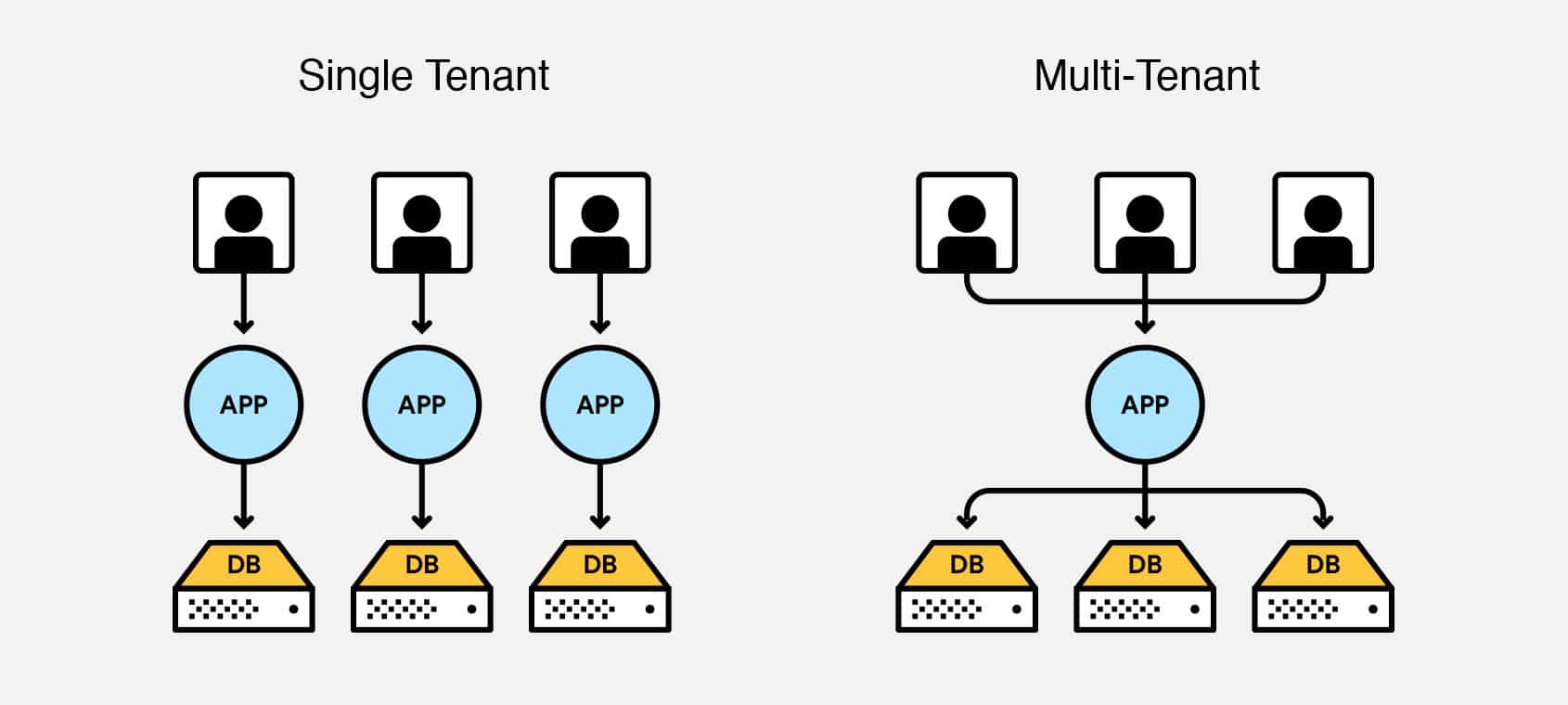Multi-Tenancy is a software architecture where a single instance of a software application serves multiple customers. The term is most commonly used in reference to cloud computing, where a single instance of a software program is used to serve multiple customers. Each customer is referred to as a tenant and is allocated their own isolated segment of the application.
Multi-tenancy is advantageous for cloud computing customers because it allows for shared resources and better scalability. This means that customers can pay for only the services they need, and they are not held back by the limitations of single-tenant architectures. Because the same instance of the software application is used to serve all customers, maintenance and updates are generally faster and more efficient than with single-tenant architectures.
In addition to cloud computing, multi-tenancy can also be used in software applications, web development frameworks, and other software architectures. For example, a web development framework can be designed in such a way that multiple tenants can use the same application instance. This allows for rapid development and easy scaling.
When using multi-tenancy, companies should ensure that each tenant is given adequate security measures such as firewalls, user authentication, and data encryption. Companies should also ensure that they have clear tenancy policies that outline how tenants can access and use the shared resources. Finally, companies should ensure that their cloud infrastructure is properly maintained and monitored, as misconfigurations and security vulnerabilities can open up the entire multi-tenant architecture to attack.






